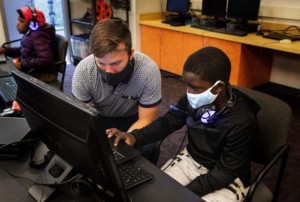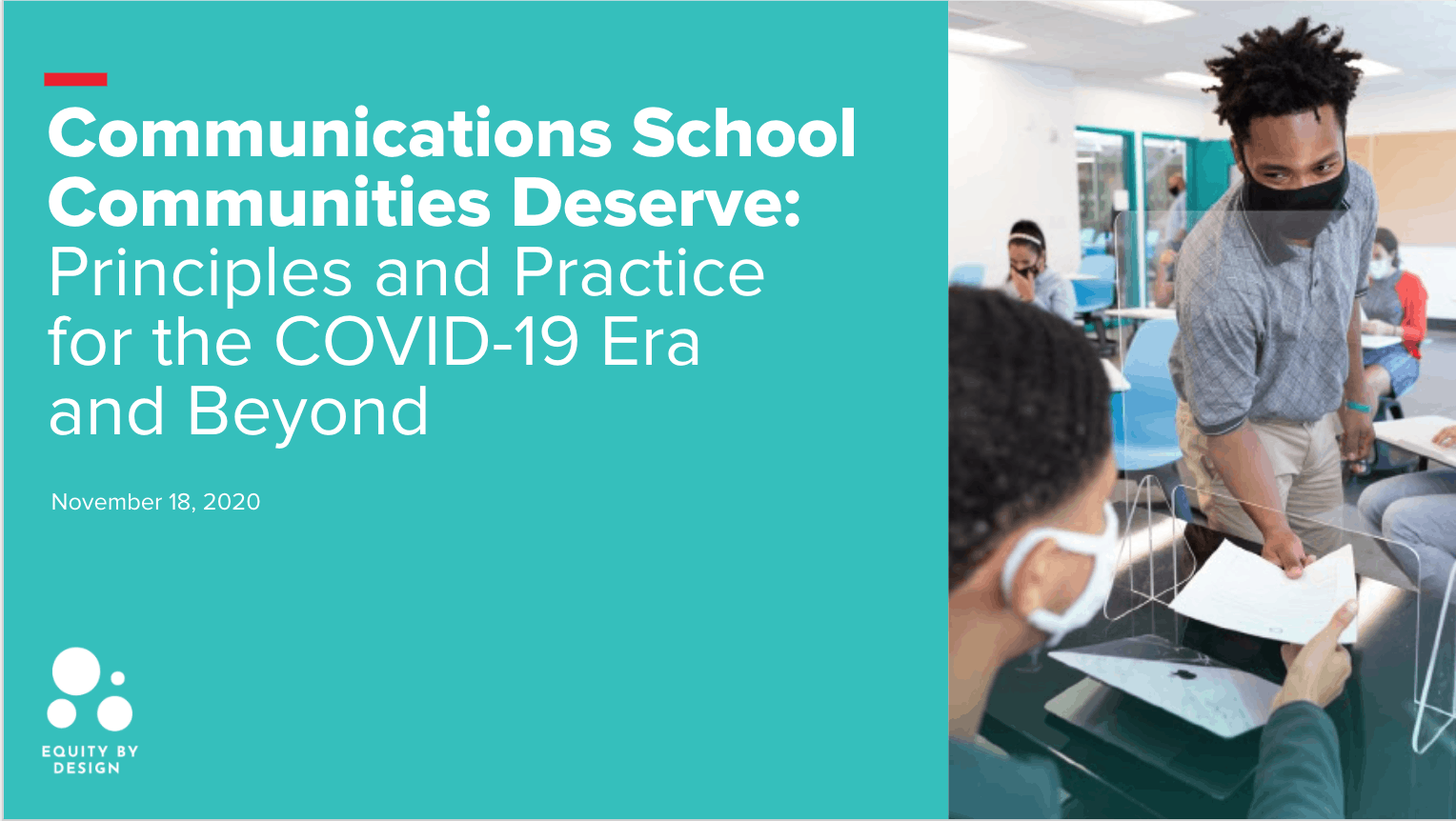How Design Thinking Is Preparing Young People to Lead
[…] problem. If we are to rely on Generation Z and those who follow to be the people that lead us through challenges, they must be equipped with leadership skills. Evidence shows that there are certain traits leaders have in common. These traits include drive, leadership motivation, honesty and integrity, self-confidence, cognitive ability, and content […]
The Power and Possibility of Community Learning Hubs
[…] by EdWeek, 36% said they heard about learning pods for the first time through the study itself. However, a national survey of Black parents by the National Coalition for Public School Options showed that even though they generally knew little about Community Learning Hubs before taking the survey, Black parents reacted favorably to learning hubs. Community Learning […]
Eight Ways New Schools Innovate
[…] specific group of learners in the way DaVinci Rise supports youth navigating foster care, housing instability, or the juvenile justice system or the way Young Women’s Preparatory Network supports leadership development. Level: including college credit/degrees (Early College High Schools) and adding high tech work experience (P-TECH). 2. Learning model: how learning experiences are authored, organized and sequenced. […]
Closing the Opportunity Gap with Access to College-Level Courses for Every High School Learner
[…] students from families who may have never gone to college form their own identity as future college students. Read on to learn in more depth how Friendship Public Charter School in Washington D.C. has utilized ASU’s ULCs in a systematic way to promote early college exposure in high school for 100% of their students. More […]
How Can Schools Grow from Coronavirus?
[…] said Daniel McGee, the Director of Technology & Library Services at Laurel School in Shaker Heights, OH. “This is an unplanned turning point for edtech.” Spotlight on Leadership. School leaders have always had to be effective managers of people, schedules, dollars, curriculum, and facilities. Beyond IQ, this pandemic has forced administrators to muster new […]
Academic Magnet High School is on a Mission of Excellence through Creating Opportunity for All
By: Antonio B. Boyd. Antonio shares how Academic Magnet High School in Charleston County School District (CCSD) is preparing students for college and beyond.
On Spreading Learning Innovations: Pandemic Update
[…] located in states that had proactively supported equitable infrastructure and new learning models. The big districts of Florida like Dade and Broward County benefited from strong sustained local leadership in a state that has supported digital learning for 15 years. To summarize this introduction: Youth development is a complicated mixture of influences including family, school […]
The Future of High School
[…] The most successful have an overarching commitment to 1) including young people and the most marginalized members of the community in the process in both participation and leadership, 2) committing to the redesign beyond leadership changes at the admin and board level, and 3) hacking, repurposing, and remixing existing resources to avoid starting from scratch. […]
It’s Time to Prepare for COVID-19 Resurgence: Six Steps Your School Can Take
[…] Schools must empower and make time for the educators who are closest to scheduling and cultural systems to engage deeply in tactical preparation. The lack of national leadership has created a need and an opportunity for schools and teachers to stand up, collaborate, and develop plans to address some of the most intractable challenges. […]
Five Principles to Help Provide Our School Communities With the Communications They Deserve
[…] longstanding truth about the U.S. education system: It continues to fail our most vulnerable students. The problems are complex. But we believe that ineffective communication between school leadership and families is at its root. Even before the pandemic, school approaches to communications have been top down, one-way, and narrowly focused on the “average” students […]










